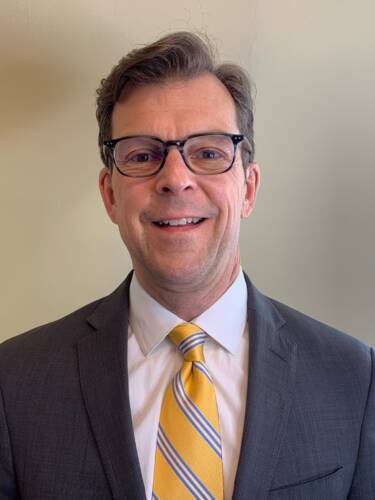A bench in New York’s Central Park makes a great place to people watch. I got to do that this past Sunday afternoon before I met up with the group of my general presbyter friends from around the country. Our group—hailing from Arkansas, Missouri, Pennsylvania, South Carolina and Kentucky—converges annually in New York for a study leave gathering where we present case studies, share best practices and learn from one another.
Watching from my Central Park perch, I saw and heard folks of all sorts as they passed by, a rather more diverse group than I am used to seeing in Louisville’s Cherokee Park. I heard Italian, German, Japanese, Korean, Spanish voices, not to mention all kinds of English accents. I saw tall people, short people, people with differing skin tones and hair textures, families with children, couples, singles walking dogs, roller bladers, tourists, horse-drawn carriages, and squirrel feeders. Passing by were individuals who looked lonely, or lost, or confused, frisbee tossers, picnickers, and one poor gentleman who was missing his pants and had pulled a too-small, trash bag around his waist leaving little to the imagination as he shuffled by al fresco.
And I began wondering, “If Jesus were sitting on the bench next to me, then with whom might he share his message? What would Jesus’ people look like?”
If the New Testament is any guide when Jesus was faced with well-put-together, religious folks or a sexual outcast (as in Luke 7), when Jesus was faced with churchy folks who looked like him or a racial outsider (as in John 5), when Jesus was faced with someone who seemed to be at home in the dominant culture or on the political fringe (as in Luke 19), Jesus connects first with the outsider, the outcast, the one on the margins. Jesus says to the well put together, upstanding folks, “the tax collectors and prostitutes enter the Kingdom before you” (Matthew 21:31). Jesus consistently attends to the vulnerable, those who are in trouble, those who are struggling or sick, first. Jesus’ focus tended to upset and offend the Bible-believing, religious people of his day.
It struck me that the kind of outsiders that Jesus attracted are not attracted to contemporary congregations, even our most cutting-edge ones. Churches draw the put together not the put upon. The licentious and liberated, the broken and marginalized, the down-on-their-luck and the dispossessed never seem to make it to church.
Then one more observation. If the preaching of our pastors and the practice of our churchgoers do not have the same effect on people that Jesus had, then could it be that we are not proclaiming the same message that Jesus did? I wonder?
John Odom serves as General Presbyter of Mid-Kentucky Presbytery. This piece originally appeared as part of the presbytery’s August e-newsletter.